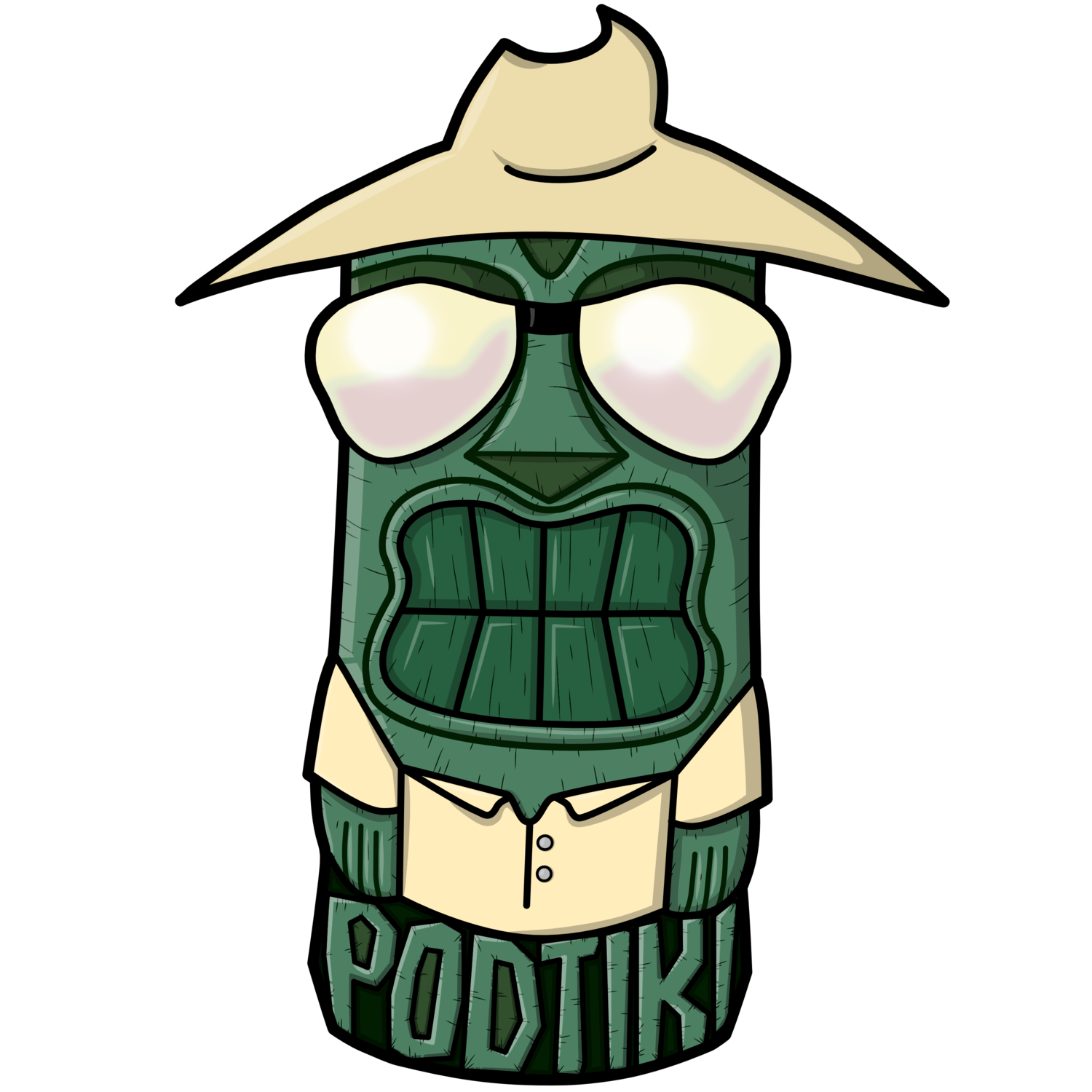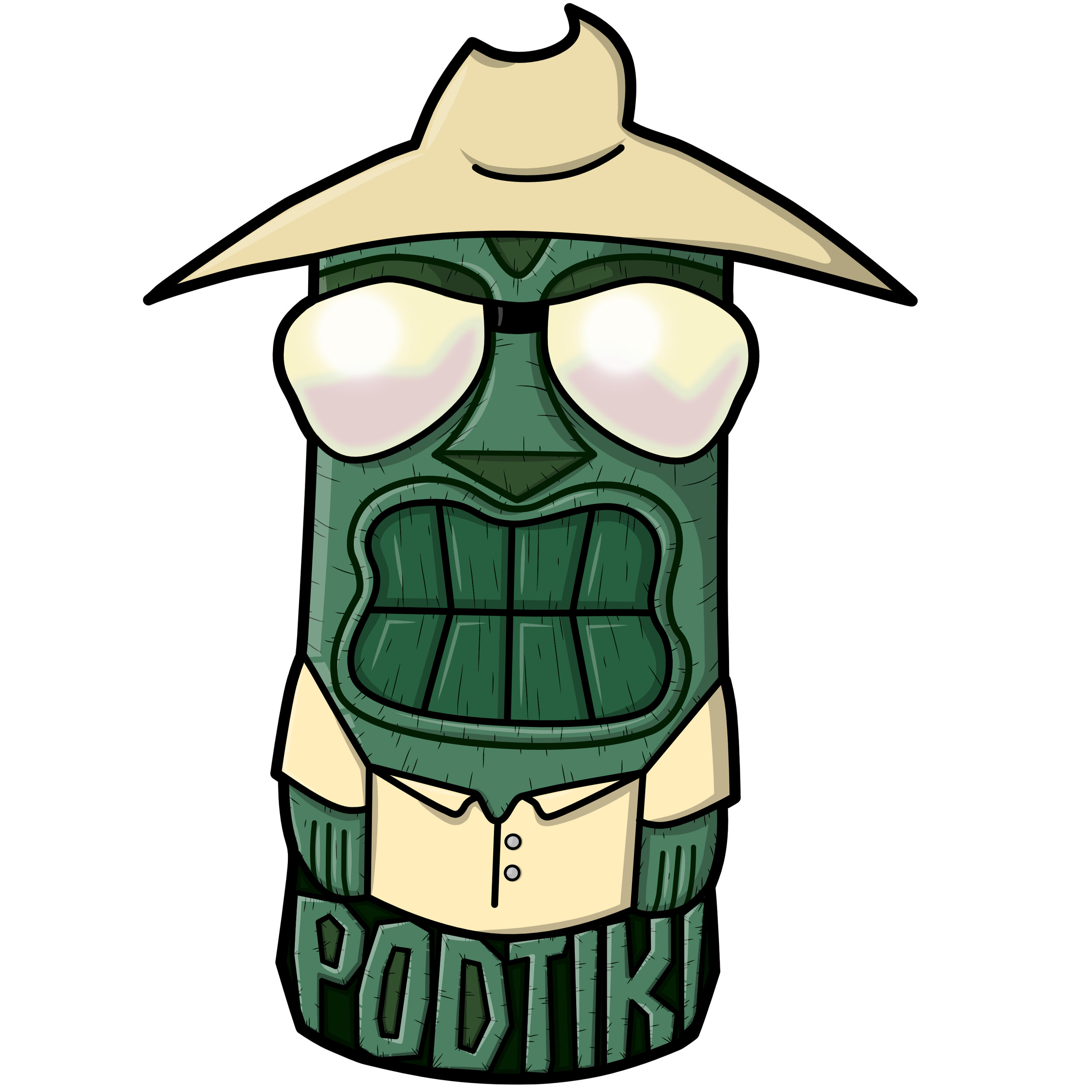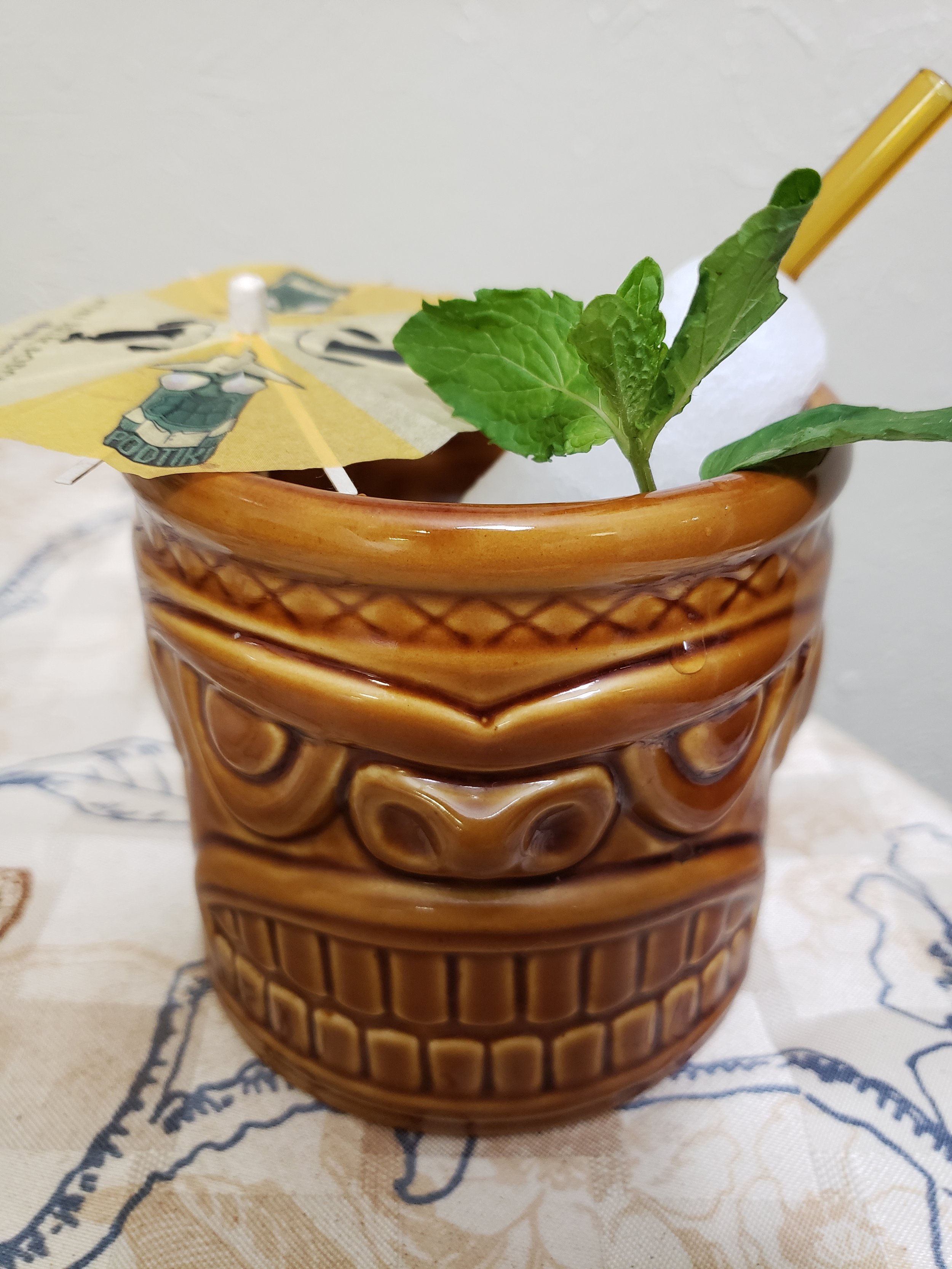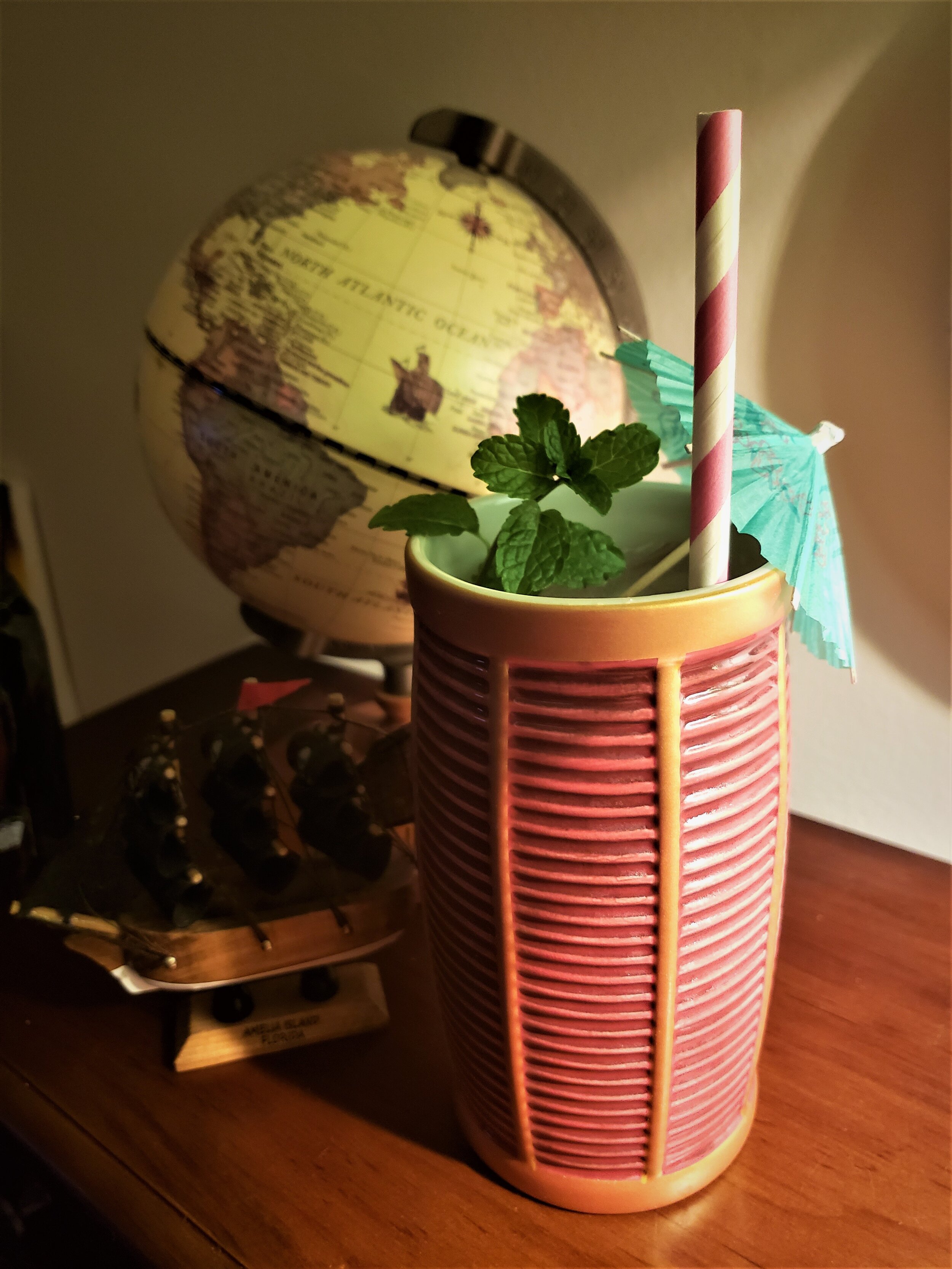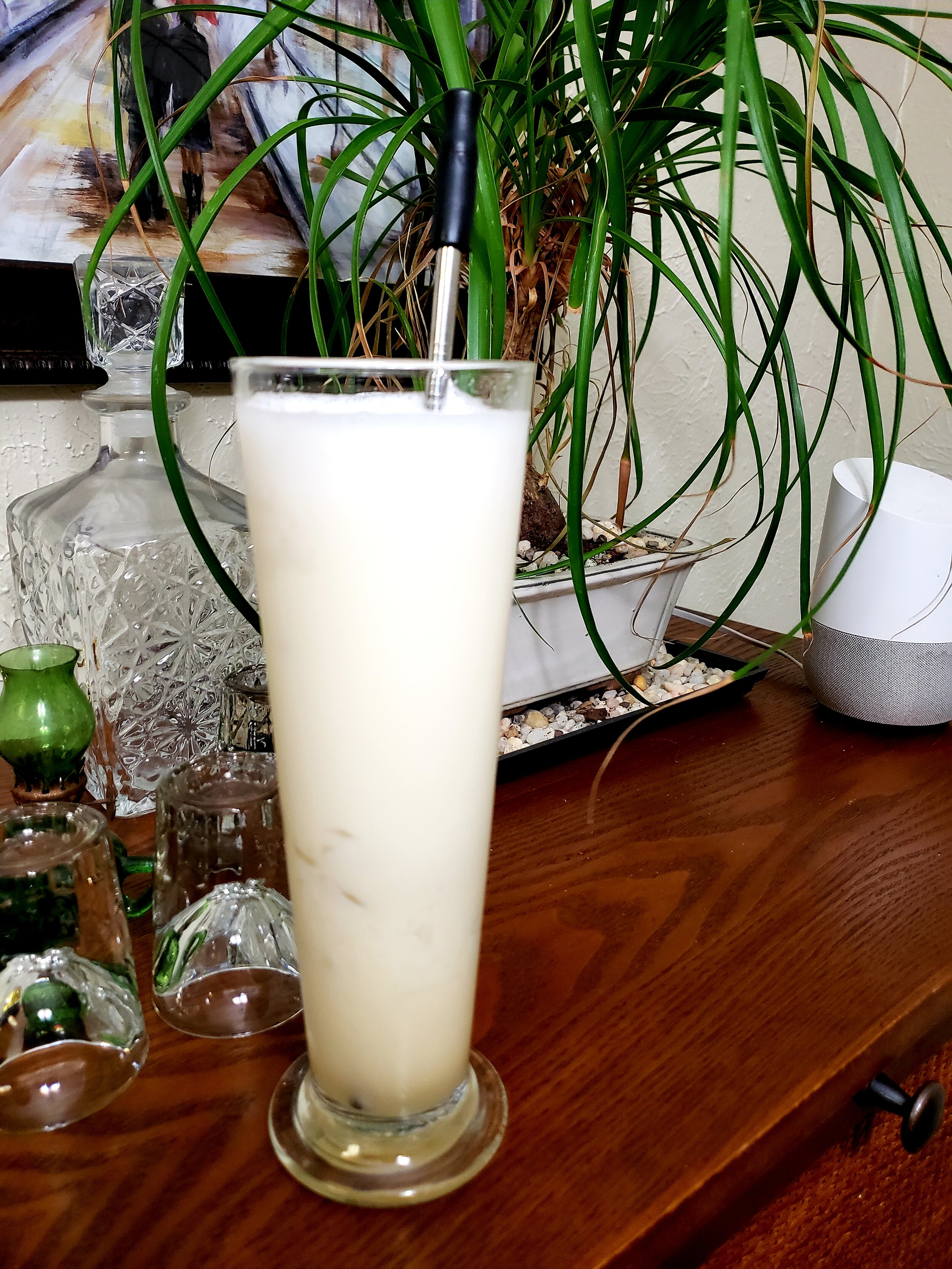With its recent exponential rise in popularity even the casual rum drinker has come to understand the vast differences in regional rum choices. If rum was a cocktail party the bright sweetness of Cuba or Puerto Rico would be dancing a salsa while groovy thick molasses Jamaican entagles itself with the smooth Caribbean baking spice of Barbados. Caramel rich sippers from Venezuela and Nicaragua sit a dimly lit table in the corner, obfuscating under panama hats and cigar smoke. New England rum sits glibly with one leg bent up over the other stoic with an oaky barrel finish. Almost bourbon-esque in its delivery it chats with the vegatal aromatic notes of French Martinique who, by the way, is perpetually acting like he’s better than everyone else. Chiding the other rums for not having a proper quality control system like the AOC. Everyone had their place. Knew where they fit in. They even put up with Captain Morgan constantly man-spreading with his leg up on the chairs. Ahhh, all was well. That is, until the Haitians showed up. One classically refined with notes of dried fruit and wood, the other a firebrand of loud smokey in your face pleasant pungence. No other region or terroir boasted two flavors juxtaposed in such diametric dichotomy. The music stopped, the revelry came to a standstill. Then Barbancourt turned to Clairin with a wide toothy smile, each raised a glass, the tension was broken and the party resumed.
I used to jest that God must really have it out for Haiti. It appears every year they get pummeled by a hurricane, earthquake, or violent upheaval. It would seem no matter where the storm system is heading it will take a detour just to make sure it hits Haiti. But again, that was in jest, because I’ve known for a while the rich history and culture of the Caribbean nation that shares an island with the Dominican Republic. That island was called Hispaniola by the colonial forces once so ubiquitous in the West Indies and who’s footprint casts a still lasting shadow of the past over the region. In itself Haiti has been marred by tragedy, revolt, and a sideways eye of mistrust by its neighbors. It got from the French not only the root of a language, but the indelible sense of its own right to rebel against oppression. We’re not going to get too deep into Haitian history, as I am planning a different episode more appropriate for that dive. But as it pertains to the rum world Haiti is a dominant yet often overlooked force.
Originally inhabited by Taino indigenious people, what’s now known as the capital city of Port au Prince, was colonially settled first by the Spanish. Once a major hub for Pirates- ahem, privateers, - the French didn’t so much as conquer the city they called Hôpital, as they did slowly move in and overtake it. Like so many Caribbean islands African slaves eventually made up a propanderance of the population. Les îlets du Prince as it was known was not the most popular city, but as other preferred seafaring locations, like Petit-Goâve, were either Malaria ridden or too topographically inhospitable, a new city was established in the natural harbor of the Gulf of Gonȃve dedicated as Port-au-Prince. And this is just where the story begins. Through colonialism, then the revolt and subsequent regime of the murderous dictator Papa Doc, and later his son, and I’m not making this up - Baby Doc, and of course the horrendous earthquake of 2010, to say nothing of the yearly hurricane bashing, Haiti has known its share of calamity.
Today we’re going to examine two distinct rums that perfectly exemplify the calamitous spectrum of flavor and integrity that so prevalently define a nation. Everybody grab your khakis and your AK’s, ‘cuz today we’re making the Port-au-Prince.
Ladies and gentlemen, my name is Tony, welcome to Pod Tiki.
~~~
The Port-au-Prince is a punch recipe created by Don the Beachcomber sometime in the late 1930s using Haitian rum.
Alright, guys. This has been another episode of Pod Tiki, my name is Tony, please drink responsibly. No, but seriously that’s about all there is on this elusive yet unassuming drink. It only lasted a few years on Don’s menu, being gone by 1941. To be frank, I can sort of understand why. It doesn’t really do much to stand out from other punches, but we’ll get to all that.
We owe this recipe discovery once again to tiki and cocktail historian Jeff “Beachbum” Berry, late of Dick Santiago. Someday we will definitely be dedicating an episode to Dick’s fascinating story of being the first famous bartender to come out of Don the Beachcomber’s. During Dick Santiago’s 16 years slangin’ dranks for Donn Beach he kept a notebook of recipes. After lying dormant for decades, so much of our modern understanding of these original drinks comes from that notebook. If only Beachbum Berry could’ve found it sooner, maybe we could’ve skipped the Sex on the Beaches, and Appletinis of the 1990s. Those fallow, dark days of cocktails.
Berry published Donn’s original recipe in his book Sippin’ Safari, which has become akin to a tiki bible of sorts. For some time the Port-au-Prince failed to receive the recognition enjoyed by its myriad of punchy menu mates. Surely, Donn was using his rumgenuity and vast knowledge of versatile Caribbean spirits to create a drink that could highlight the often neglected Haitian rum. But before we can go any farther we need to dive into the meat of this episode, the flavors of Haitian rum.
There are two mutually exclusive spirits coming out of Haiti. Rhum Barbancourt, a Haitian agricole, and Clairin, the wayward and wild-eyed weirdo cousin of rhum. Until recently U.S. consumers would only have been able to try Barbancourt, so we’ll start there.
In 1862 Haiti was enjoying its first 50 years of independence, having won it from France in 1804, making it the first black independent nation in the West Indies. A misnomer itself based on the fact that Christopher Colombus thought Barbados was Japan. Which is why they always drink saki during Carnival. And that last statement is about as trustworthy as Columbus' maps. But I digress. It was in this nascent country that Dupré Barbancourt landed in Haiti from the Cognac region of France. Dupré’s mission was to use the methods of Cognac production to create a rhum equal to or even better than the fine French brandy. Even going so far as using Coffey Stills and finishing his rhum in French Limousin oak barrels.
Haiti was a pretty good place to start as it once boasted being the leader of Caribbean sugarcane production. The climate and terroir also offered a particular flavor profile in comparison to its Martinican neighbors who also famously used pressed cane juice as its distillate rather than the molasses customary of other Caribbean rum manufacturers. Which, by the way, if you’re just tuning into the podcast, is what distinguishes rhum agricoles from other types of rum. Traditional rum is made from molasses, agricole is made from raw sugarcane juice.
These methods resulted in a finished rhum product that inherently shows off its Cognac roots. Smooth and elegant, the nose is white raisin, grape and dried apricot or mango. Redolent of those dried fruit chew snacks you get at truck stops when going on road trips. The bite is not bad and unlike Martinican agricole it’s less grassy than oakey. Overall, really more like a sugarcane brandy than a rhum, but still with a signature tropical undertone. I would call it versatile because it’s actually really good as a sipper, especially paired with a medium cigar. I recommend something like the Principle Cigars Accomplice Classic, the J.C. Newman Brickhouse, or Four Kicks from Crowned Heads. The only downside I see is that it’s so smooth it kinda gets lost in cocktails with too many ingredients. I favor Barbancourt five star, which is aged 8 yrs, so perhaps the 4 yr age is a bit more forward, but at $30 for the 8 yr it’s well worth springing for the extra 4 years of age.
Okay, now we have to jump into Clairin. Oh, boy. Out of all the drinks and spirits we’ve covered on Pod Tiki thus far I’ve procrastinated on Clairin the most due to my equivocal feelings about it.
Flavor-wise it’s referred to as the mezcal of rum, and for good reason. That truly is the best way to describe it. Smokey, earthy, and vegetal. The sweetness of pressed cane juice is masked behind thick heavy clouds of fragrant smoke. A sip of Clairin is like standing at the bar of an underground Jazz club, where the air is palpable, cajun spices waft from the kitchen, the crowd is a low murmuring din, and the full sound of Billie Holiday’s band ebbs and flows from the stage - coating the dimly lit stone walls, all the way to the door … and back. A flavor that says, “why not take all of me?”
If Rhum Barbancourt has a certain Je ne sais quoi about it, then Rhum Clairin has a certain Je ne sais - SHUT THE FU - YEAH YOU BETTER WALK AWAY. I SWEAR I”LL SLAP THE SHIT OUT YOU. YOU BETTER KEEP MY WIFE”S NAME OUT YO MOUTH, (SLAP!).
Yeah, Clairin slaps the shit out you with flavor, but it’s definitely an acquired taste. I can only do one glass at a time and I have to really be in the mood for it. It’s not my favorite, but it also is the only thing that satisfies the craving for that specific taste. As anyone who’s been listening for a while knows, I prefer smooth and refined over spicey or violent. And Clairin can be violent, it assials the palate, but in a pleasant way. You have to try it to see what I mean. The exception is when it’s in a cocktail. It’s highly effective for adding a little something different to the proverbial spice cabinet of cocktail ingredients. ‘Cuz let’s admit it, sometimes Tiki drinks can be like Mexican food - the same five ingredients in different shapes. But much like how there are flavor outliers in food that stand out among stereotypical cuisines, like Mexican, Italian, or Chinese, Clairin is the exception that proves the rule of rhums.
Though a lot of French influence is evident in its culture Clairin is inimitably Haitian through and through. It was once even associated with Voodoo practice, adding to the mystique of this untamed electrified potion. Although, I’m only taking poetic license with use of the word untamed. In fact, Clairin is in itself the product of masterfully taming the wild terroir of its beautifully unfortunate island.
The key to Clairin is the use of regional sugarcane varieties. Great effort is taken to cultivate sugarcane from particular regions showcasing the unique terroir and production methods the island has to offer. This is highlighted by the company The Spirit Of Haiti, which offers three Clairin varieties from three of the country's top distillers. Faubert Casimir, Michel Sajous and Fritz Vaval are some of the first local distillers to make their work available in the U.S.. On shelves the bottles are labeled with beautiful artwork by local artists using their names as branding. Clairin Vaval, Clairin Casimir, and Clairin Sajous respectively. Kate Perry, the U.S. market manager for The Spirit of Haiti, says, “The difference between the three Clairins is the difference between three producers from three villages in three different terroirs.”
It starts with hand harvested raw sugarcane juice from indigenious crops. Clairin producers are very adamant that all ingredients, production, and bottling must be from Haiti, using traditional Haitian methods. Fermentation occurs using natural yeasts, from the sugarcane itself, in pot stills for 120 hours. After which a second rapid distillation takes place in small batch stills. Occasionally more yeast or dunder may be added but that unique intensity of flavor comes solely from provincial sugarcane varieties.
Please do not let my earlier critique dissuade you from trying some. It’s weird but definitely worth having in your collection as a mezcal alternative or just for something funky to break up the monotony of your everyday rums.
Now that we have a little bit of an understanding of Haitian rums you know what time it is. Let’s make a drink!
~~~
During the Caribbean tourism boom of the 30’s and 40’s Haiti enjoyed the label of being the “real” Caribbean aside from the flashy Havana lights or Jamaican torpid sensuality. With its allure of Voodoo and folk culture Haiti was the virtual Greenwich Village of the islands. That was until the Haitian revolution, which began as a slave revolt and ended up being a coup d’etat power grab for the treacherous Papa Doc, who considered himself the living embodiment of Baron Samedi. You know, the dreaded Voodoo god who’s always depicted sporting that tall top hat. Papa Doc’s regime plagued Haiti with a legacy of violence it never seems to have recovered from. But that 20 year run as a tourist destination was long enough for Don the Beachcomber to create a few Haitian based cocktails and cement the small nation into Tikidom.
We’re going to cover three versions of the Port-au-Prince cocktail in this episode. Don the Beachcomber’s original, the Smuggler’s Cove variant, and Shannon Mustipher’s modern rendition.
Donn Beach originally used two spirits, a Haitian rhum called Rhum Sarthe and Pontalba, both extinct today. Beachbum Berry suggests using Barbancourt 5 star in place of the Rhum Sarthe. Easy. Pontalba though is an old Louisiana rum that actually ceased production during Donn’s tenure as Tiki king. He had his bartenders substitute Martinique rum, but there’s no clarification on what kind. Molasses or agricole, light or aged? I used Clement VSOP, but I also tried a rum that I noticed Berry favors when he needs a stand in, aged Virgin Islands rum. In this case I used Cruzan amber out of St. Croix. With notes of banana, vanilla, and butterscotch I actually think Cruzan is a fine rum in its own right.
Don next used fresh lime juice, unsweetened pineapple juice, sugar syrup, grenadine, angostura and munrelaf. Wait, what was that last one? Sounds like some kind of middle eastern or Indian delicacy. Well, as we learned last episode Donn Beach had a penchant for secret codes and obfuscated recipes. This one shows he also had a sense of humor. You see, munrelaf is simply falernum spelled backwards. Just make sure you’re using Velvet Falernum from Barbados and not the non-alcoholic Falernum syrup. For more on that check out our episode on the Island of Martinique Cocktail.
This O.G. Port-au-Prince drink is very punch-like. Fruit forward and sweet. It doesn’t do much to highlight the flavor of the Barbancourt and in fact it very much gets lost amid the stronger flavors of juice and grenadine. Perhaps the original rums would have stuck out more, but I contend that even Donn knew this drink didn’t have the it factor needed to share space with his other rum rhapsodies, like the Zombie, Island of Martinique, or his myriad other punches boasting strong rums from Jamaica or Barbados. Substituting Clemént does add some body and the pleasant earthy grassy subtext of agricole, but then it takes over becoming a Martinique cocktail and not letting the Barbancourt shine. Really I taste no relevance to Haiti in this drink at all. I feel like you can make it with any rum and call it Port-au-Prince and no one would be the wiser.
Martin Cate, proprietor of Smuggler’s Cove, must have felt the same way because he came along and adapted Donn’s recipe into a drink that better accentuates the Barbancourt and adds some character. He uses all Haitian rum and subs a rich Demerara syrup instead of regular simple. Those small adjustments really transform the drink and that’s why when it comes to the traditional Port-au-Prince I think this recipe is the best.
½ oz Lime Juice
½ oz Pineapple Juice
½ oz Velvet Falernum
¼ oz Demerara Syrup
1 dash Grenadine (6 drops or ⅛ tsp)
1 ½ oz of Barbancourt 5 Star Rhum
4 oz Crushed Ice
Add all ingredients to a mixer and blend on high for 5 seconds. Open strain into a small rocks glass. Notice how the paltry amount of ice adds the right dilution and leaves a fun bubbly head atop the pinkish gold liquid.
As previously stated I used Barbancourt 5 Star 8 yr aged for my rhum. I know I’ve said in the past that it’s ok to use store bought grenadine and I’m here to tell you I was wrong. It’s so easy to make at home and even in small amounts the taste is much better and fresher. Just boil equal parts POM pomegranate juice and raw cane sugar. You’re essentially making a simple syrup subbing POM juice for the water. For my Demerara syrup I use a 1:1 ratio of water to raw turbinado sugar. It’s basically just a deeper, richer molasses flavor.
Also, a dash of grenadine, as is called for, can be a bit of a pain in the ass. I don’t generally keep my grenadine in a dasher bottle. I used the dropper method, a dash equalling 6-7 drops or ⅛ teaspoon.
The result? Wow! Delightfully fruity in all the right places. Herbaceous but not grassy, and just enough flavor to boost the elegant Haitian Rhum, not overpower it. I get notes of freshly picked apples and cherries. It’s possibly the most well balanced fruit drink I’ve tasted. At least recently. The brandy-like notes of the rhum coalesce nicely with scant pineapple, lime, and pomegranate while Falernum adds that tropical Caribbean baking spice. The finish is flat pale fruit, like melon or cantaloupe.
But even with how much better this recipe is, it still leaves something to be desired when compared to the bold flavors we’ve come to expect from Tiki. This is simply a very nice punch that no one would suffer to sip on a tropical island.
That is until Shannon Mustipher burst into the discussion like the Kool-Aid man filled with Clairin.
Those of you who have listened for any length of time, even back to the early days, know that I have always been a traditionalist. I appreciate how amenable tiki is to interpretation, but I feel like there's a reverent gravitas to making the drinks the way the people who created them meant. I think over the years we've found small tweaks to adjust to the pop-palate of the time, as is evident in this very cocktail, yet I still approach with caution those who endeavor to reinvent the Mai Tai. The Port-au-Prince is an example of where I am very wrong.
Much in the way Clairin upended our presumptions of rum, Shannon has done that with the use of it in her interpretation of this drink. Shannon Mustipher, veteran bartender extraordinaire and author of Tiki: Modern Tropical Cocktails, has used her style and prowess to finally make a Port-au-Prince worthy of its namesake.
Her version utilizes a base of Clairin bolstered with overproof or dark demerara rum. Being a bit of a wimp when it comes to high ABVs I’ve found a substitute for the latter could be dark Jamaican, like Myers’s or Coruba. It does add something, but it’s such a small amount that because I used a lower ABV Clairin I was able to deal with the overproof. My spirits of choice were Clairin Vaval and Plantation OFTD.
Her other deviation was swapping out Angostura bitters for ‘Elemakule Tiki Bitters by the Bittermans company. This has a Caribbean baking spice profile of nutmeg, allspice, and holiday gingerbread. Contrary to its name it’s not very bitter, but more creamy in the way it coats the palate like clove. It’s not a very profound flavor and I think it could be accounted for by just adding a pinch of grated nutmeg. I tried this version with Angostura as well and kinda liked it better but not enough to change her recipe. But I did find that adding an extra drop rounded out the Clairin bite a bit.
Without further ado I give you the Port-au-Prince:
2 oz Clairin Vaval
¼ oz Plantation OFTD
¾ oz Velvet Falernum
¾ oz Lime Juice
½ Pineapple Juice
¼ oz Grenadine
7 drops ‘Elemakule Tiki Bitters
Combine in a shaker with ice. Shake and strain into a 10oz Collins glass or Tiki mug and add crushed ice to full. Top with nutmeg and orange zest. Now, take a sip. Go ahead, I’ll give you a minute to catch your bearings … Isn’t that crazy?
Smokey, grassy, sweet, and spicy, rich, but bright crisp under fire. Pineapple and grenadine mellow out the pungent Clairin but leave plenty to still punch you in the tongue with flavor. Island spice and herby sweet char. It’s a conundrum wrapped in a riddle with a dash of exotic quixotic. Bold and strange while simultaneously fruity and smooth.
I’ve never been to Haiti, but I have bebopped around the Caribbean enough to be familiar with the no-place-on-Earth-like-it piquant so congruent with Afro-Caribbean nations. Combined with all the research and rum tastings I’ve done for this episode, despite my ambivalence to Clairin, I can say this version of the Port-au-Prince is the best representation of Haitian rum culture in Tiki. At least that we’ve covered so far.
And so it goes, the cocktail party of rums began to wind down. Hawaiian KoHana had a long flight to catch. New England rum headed back to try and convert more bourbon drinkers. Someone said they saw French Agricole absconding with the Virgin Islands. Florida rum eventually showed up in jean shorts and flip-flops, but ended up leaving with tequila when they caught him trynna sneak in. Even Captain Morgan eventually relaxed after he pulled a hammy trying to show off how high he could get his leg. When all was said and done Barbancourt and Clairin were accepted as part of the family. And they all lived rummily ever after.
“Hey, guys. Guys, it’s me Bacardi. Is anyone gonna help me clean up? C’mon fellas this isn’t funny. *sigh* This happens every time.
Ladies and gentlemen, my name is Tony and this has been Pod Tiki.
References: Wikipedia, Liquor.com article “Rhum Barbancourt” & “Everything you need to know about Clairin”, Potions of the Caribbean & Sippin’ Safari by Jeff Berry, Smugglers Cove by Martin Cate, and Tiki: Modern Tropical Cocktails by Shannon Mustipher
Please drink responsibly and most of all thank you for listening. Keepi Tiki.
